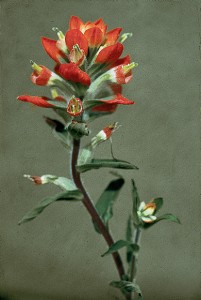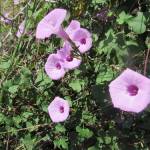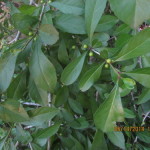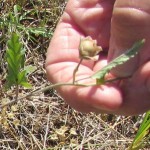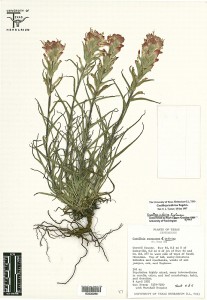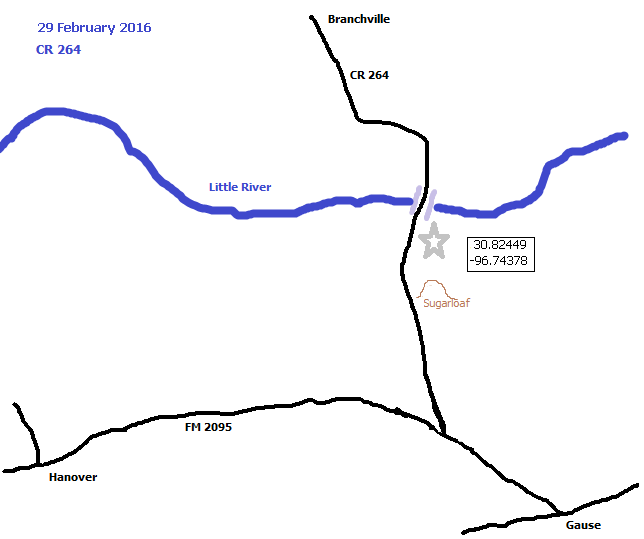This approved volunteer project will involve identifying, photographing, documenting, collecting, pressing, and voucher creation for many species of flora found in Milam County. We may also collect, clean and store native plant seeds of Milam County for a variety of purposes. Herbarium quality plant voucher specimens and documentation will supplement the project, with this webpage being the public view on all our information. Stored seeds may be distributed to members and the community in the future, to continue growth of native plants in Milam County, as well as distributed to National and Texas seed repositories for long term use.
This web page will eventually contain a series of individual species with common and taxon name, and a good photo, along with other pertinent data and documents.
We are using iNaturalist to document all our individual “observations” in the iNaturalist Nature of Milam County project called ECRTMN Milam County. People all over the US and around the world are using this system to share their observations with others, helping to identify all the regions where species are discovered.
You will see the latest up to date version of this map below on the above Nature of Milam County project page, and be able to zoom in on exact locations. Click the link or the image to go there. There is also the more specific page on flora and fauna found just on the historic El Camino Real trail.
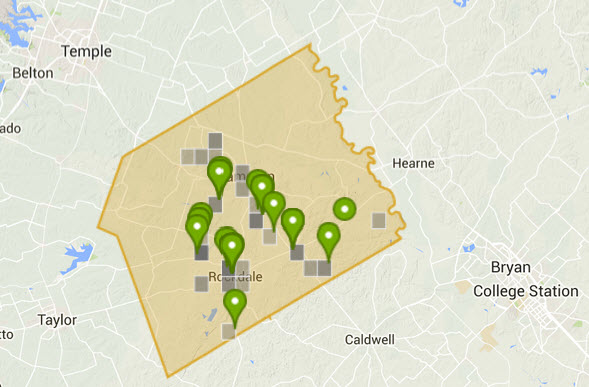
This is the map you will find on our iNaturalist project Floridus Milamexa. It will show the exact GPS location for each species we have identified and documented. The grey squares represent multiple species and when you zoom in the map you will see the individual balloon markers.
Below are a selected few of the individual species we have identified and documented in iNaturalist.
Click on an image to take you to that observation page of our project. From there, for lots more information and other photos and observations, click on the Species Name at the top of that observation page. That will take you the iNaturalist page showing all the observations submitted for that species, as well as information from Wikipedia or Encylclopedia of Life (EOL). You can also do this from the Project Page where it lists all our observations.
A selected set of Milam County species will also have Voucher specimens collected and mounted on archival paper, and stored in an environmental controlled area. Photos of those will be included here. (Sample)
Below is our master “sheet” as maintained on our Google Drive. At this time, it is just a sample for team analysis.
Project Team information.
A core team has been formed to develop procedures, forms, preservation techniques, and obtain various materials and equipment to support the project. The project lead contact is Katherine Bedrich. Other core chapter members include: Phyllis Shuffield, Linda Jo Conn, Ann Collins, Cindy Bolch, Debbi Harris, John Pruett, Sheri Sweet and Lesley Sweet, and Don Travis. Training and other expertise and support will be provided by Honorary Chapter Members Flo Oxley (Adjunct Professor, Biology, Austin Community College), Dale Kruse (Curator, S. M. Tracy Herbarium, College Station), and Chapter Partner Clint Walker III (Walker’s Honey). The Indian Paintbrush “Castilleja indivisa” images on this first page are courtesy of UT Austin PRC website.
Meeting Minutes and Field Trip notes.
[accordion] [spoiler title=”2014 Minutes and Notes”]- January 12 2014 meeting notes
- February 18th 2014 meeting notes
- June 18 2014 meeting notes
- Additions to June 18th meeting notes – ljc
- August 4th 2014 meeting notes
- August 26th field trip
- September 10th field trip notes
- September 23rd field trip notes
- October 15th field trip notes
- October 30th field trip notes
- November 12th field trip notes
- December 3 2014 meeting notes
- January 6 2015 meeting notes
- February 19 2015 meeting notes
- March 10 2015 meeting-notes
- March 25 2015 field trip notes
- April 7, 2015 field trip notes
- April 14th 2015 meeting notes
- 2017-05-06 Plant Collection Sugarloaf Mountain Bridge Report
- 2017-07-03 Herbarium Training Meeting
- 2017-11-16 S. M. Tracy Herbarium plant workday
- 2017-11-16 Plant Mounting Instructions
Training documents:
- Floridus Milamexa Training Mar 13 2014 Flo Oxley presentation pdf file. The original powerpoint was too large to upload. Same info. This focuses on seed collection, processing and storage.
Below are project templates and references regarding the processes, including seed collection and storage process. Other forms, procedures and documentation for documenting all Milam County flora by themselves or in conjunction with seed collection will be included. This will include the documentation of any non-native or invasive plants although those seeds will not be collected or saved for future population purposes in Milam County.
Existing forms and web sites for reference by the core team and others include:
- iNaturalist is available on Windows, Macs, smartphones, etc and is an excellent vehicle for documenting observations in a manner to share with anyone and everyone. See inaturalist.org.
- Seeds of Success (SOS) project web site link, BLM (Bureau of Land Management. The following are direct links to pages within that site.
- Technical protocol for Seeds of Success program details, training, target species, c0llection, storage and more.
- Template from above for our use in adapting a form of our own. Word template. PDF template. Way more information than needed if we just want to document and voucher our local flora, and not collect seeds per SOS criteria.
- Template Data Dictionary explaining the fields in the above templates.
- Example Data Form filled in.
- Quick Guide to the Seeds Of Success Protocol – pdf.
- Natural Resources Conservation Service (NRCS), USDA website link
- UT Austin Plant Resources Center (PRC) (includes Wildflowers, Flora of Texas data base, and more) website link
- LBJ Wildflower Center website link
This is our development process / test area. In process….
Process – update 2. We are setting up an iNaturalist Project as a primary and very public documentation site for this project, along with storing photos (not necessarily just those used in our iNaturalist collections) in our chapter photo library folder called Floridus milamexa on Google+. Those photos selected for use in iNaturalist could be easily linked in from the photo site so only 1 upload is needed, or they may just be included in the iNaturalist project from the individual contributions by project members. This web page above could then have a brief Id for each species with a link to the iNaturalist Project collections for details here.
Don’s suggested process for Floridus milamexa via iNaturalist.
When specimen is found:
- Take photo(s) as needed.
- Capture GPS data, latitude, longitude, altitude.
- Fill in details and notes on field data sheet – fill in what you know, look up rest later if needed. (may use laptop in field?)
- Take flora specimen for voucher, as needed.
- Collect seeds?
At home later:
- Review, edit, crop photos as needed
- Create your observation(s) in your account on iNaturalist,
- Upload selected photos to your observation
- Fill in all details as needed for project
- Submit to Chapter Project
- Prepare voucher, with label, take a photo and add it to your observation’s photos or to our photo page on Google+.
- Store voucher in chapter files.
- Store seeds per procedure(?)
On our Floridus milamexa web page in Nature of Milam County:
- Redo to reflect observations via iNaturalist project, (not like the other Nature of MC pages that have own photos, documents of differing contents unique to the category, etc.)
- Provide a link to the overall project, and show captured screen of project map on first page, update periodically to show added observation buttons on map.
- Add links to each individual specie observation in the project with a small photo as an ID, captured from the iN observation. Could organize list by family, genus, etc? However, the main iN project page has the complete list, with photos and contributors etc, and may have multiple contributions by multiple members for a single species.
What to do next?
- Review current iN. projects as base for the chapter project
- Review any fields the project should have added, ie El Camino trail y/n/m?
- Set limits as to who can provide observations? Just us, by invitation? Public?
- Other iNaturalist features reviewed.
- How handle multiple observations by same or different members? Let iNat handle it?
- Any additional documentation to add to web page?
Stay tuned for more…this is still an process in progress.



